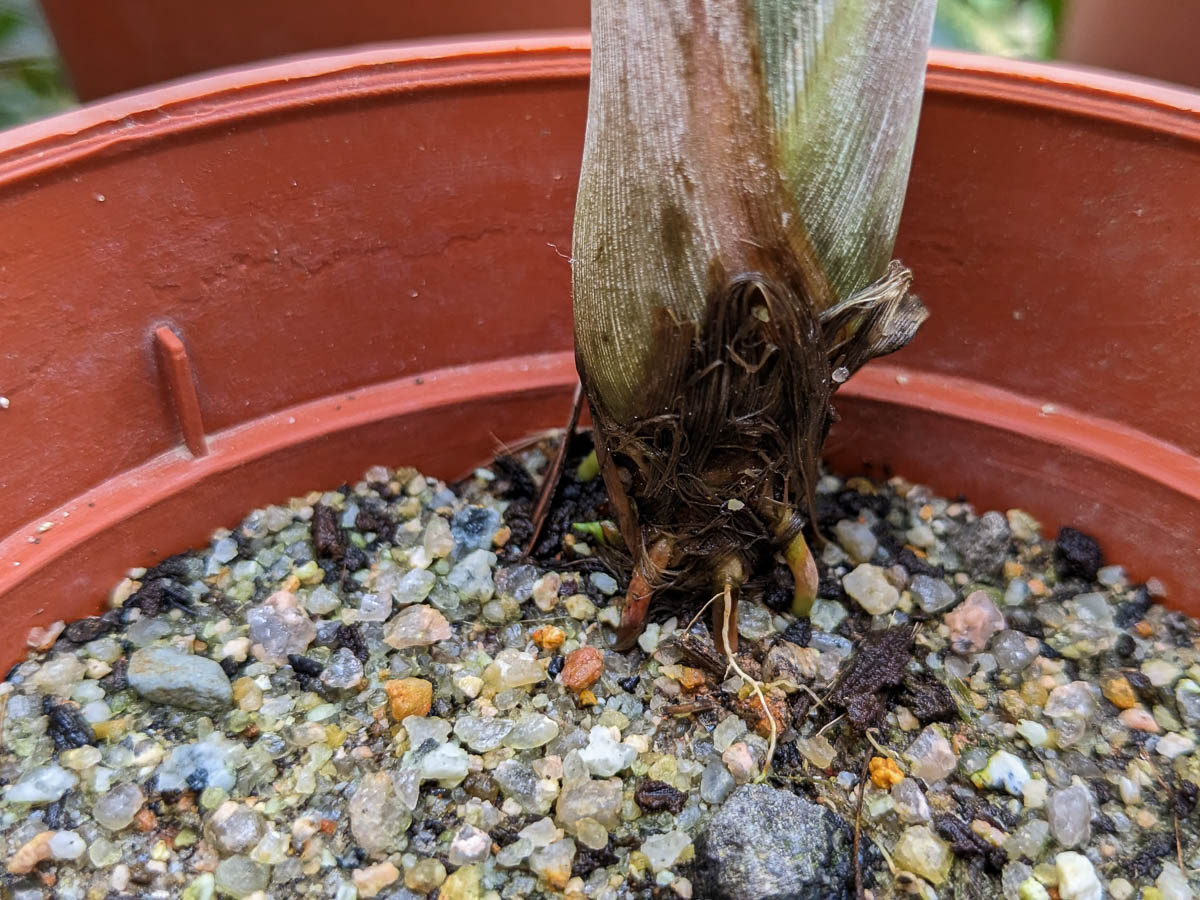Propagating by Division
Plants that grow in clumps, have offshoots, suckers, corms, rhizomes or tubers are all capable of propagating by division. The new plants retain the characteristics of the parent plant, making it an easy way to get clones of the same plant in a short time.
Dividing clumps and offshoots
Clumping plants like Lemongrass, Chives, and Snake Plant can be divided into smaller parts. This can be done by using a sharp spade or knife to slice the whole clump vertically between the shoots, resulting in smaller clumps of plants with roots intact. Make sure your slicing tools are sterile to reduce the chance of pathogens infecting the wounds made by division.

The newly divided clumps can be immediately replanted. Prune away rotting or dead roots and loosen the root ball to encourage new growth. The clump can then be planted in a pot or true ground with at least 10-20cm of empty space around it, with the new soil level matching the old one. Leaving space around your new plant encourages it to grow into a larger clump again for future propagations.
Dividing corms, tubers, and rhizomes
_victorialim.jpg)
Corm-, tuber- or rhizome- producing plants like Turmeric, Sand Ginger, Fingerroot and Sweet Potato can be propagated by separating these root structures and burying them into well-draining soil.
Dividing plantlets, offshoots and suckers
.jpg)
Some plants like Pandan, Spider Plant, Mother of Thousand, Flame Violet and Aloe Vera will grow small plantlets and suckers, which are like tiny versions of the parent plant that are still attached. These offshoots should be cut using a sterile knife to reduce the chance of pathogens infecting the wounds made by division. Some offshoots can also be gently twisted off the parent plant directly. Plantlets and suckers can be planted directly into soil even without roots. They can also be encouraged to grow roots by being placed in water before planting, like how cuttings are rooted.
Division aftercare
.jpg)
Propagated plants will be delicate after division, and are vulnerable to heat stress as they need to grow new roots. Keep them in a sheltered propagation area and water them regularly for up to two weeks to help them grow new roots before planting them in areas exposed to the weather.

